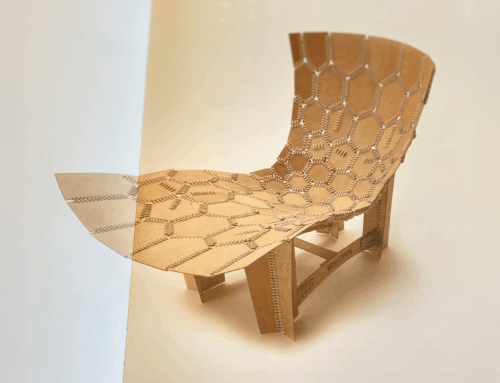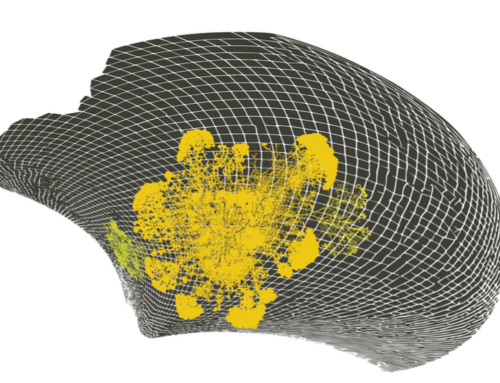This morning I received an interesting email from Transition Towns. “We recognise that out in transition land there’s a great diversity of web tools and processes currently in use and under development” the mail begins; “some of these will be resilient and adaptable enough to support the changing needs of transition groups around the world”.
I am then asked to I fill in an online survey to help the Transition web team to “map out this sometimes alien terrain for community groups, and introduce common tools, processes and protocols to make it easier for us all to do our work”
Now I love surveys, and a tools survey like this one seems to be an excellent step. But, as we learned doing the “Tools for Sharing Shed” at City Eco Lab last year, knowing about the availability of tools, and figuring out how to use them well, are two different things.
[“Cabane a Outils” at City Eco Lab]
Two key questions arose in St Etienne: who will procure, deploy and maintain these tools? and, how and where will they do so?
When I read the Transition Towns email, my first reaction was that they should be talking to the web team at WiserEarth. This amazing site seems to me to be a two-years-ahead, all-in-one-place example of an adjacent (to Transition Towns) movement that is on top of this Web 2.0 stuff.
The challenge for Transition Towns – and for us all, really – is to deploy social networking tools in such a way that we don’t all get flooded and overwhelmed. Hardly a day passes without a new eco-everything site being launched.
Today, for example, I was told about a new UK-based site called Ecomotion.
[Ecomotion]
Ecomotion is supported by such excellent organisations as the Soil Association and Triodos Bank, and all the stories it links to are important. But its home page, for me, is incredibly frantic and busy. “Collaborate…Innovate….Activate!” it commands, amidst a blizzard of clickable images and boxes.
My first reaction, on seeing Ecomotion, was to think: “Leave me alone! I need to be calm. I want to think about, and do, one thing at a time”.
My second reaction was that I must be in the wrong demographic – too-linear, too old-web-paradigm, a constraint on innovation.
But lo! Literally one minute after thinking these “I’m past it” thoughts, I received a comment on the story below from a student called Natalya at Parsons School of Design in New York.
Natalya, who is my new hero, writes that “the decreasing costs of production provided by the Internet is exponentially increasing the amount of all types of information available, as well as widening the spectrum of people that can produce it. Our ability to navigate and make sense of these piles of data and opposing viewpoints will determine much of our economic and social futures”.
“I can see these information challenges consistently represented in the work of my peers”, she continues. ” Some are using networked Internet resources to broaden the scope of their projects. Others are becoming increasingly mired in their personal interests, magnified by the virtual realm, and producing “design for design’s sake” with little relevance. Operating in a rapidly changing, globalized economic environment, designers must embed their work in this worldly context, or risk irrelevance or worse”.
I first read read Natalya’s email to mean, “it’s OK to hate Twitter”. But then, another epiphany: I was alerted by a twitter message, no less, to a project in Birmingham, England, that strikes me as a simple and brilliant answer the”how do we use these tools” question.
Paradise Place, as it’s called, organises social media surgeries at which volunteer bloggers show voluntary and community groups in the city how to make best use of social media. “No boring speeches, no jargon”, they promise.
Absolutely spot on. Every Transition Town needs its own Paradise Place.





